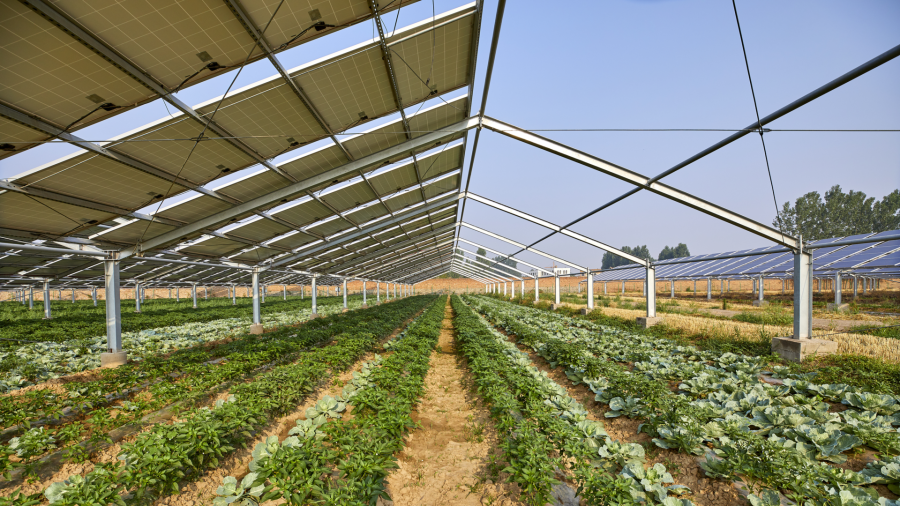What is the total environmental impact of a product or service?
A life cycle assessment (LCA) is the way to find out. An LCA measures the environmental impact of a product or service throughout its life cycle. The life cycle begins with the extraction of the raw materials, then production, transport, use phase, and waste disposal. This is also called cradle-to-grave. The environmental impact is calculated for each step of the life cycle.
Many other types of analyses are possible, such as cradle-to-gate, gate-to-gate, well-to-wheel, and many more. In some cases LCA is used for very specific objectives, such as the preparation of an Environmental Product Declaration (EPD) or BREAAM certification of a building.
Mantis Consulting selects an appropriate analysis for your LCA question.
What is LCA used for?
An LCA is intended for companies that need to comply with a legal LCA requirement, want to develop new sustainable products or services, or want to make existing products and services more sustainable. In some cases LCA is used by companies to highlight the environmental performance of a product or service compared to competitive products.
What other use cases exist?
LCA can also be used in the context of a sustainable procurement policy. In this sense, life cycle assessment (LCA) is sometimes confused with life cycle costing (LCC). Although they are similar, there is a substantial difference.
LCC calculates the cost of a product throughout its life cycle, sometimes also assigning a monetary value to certain environmental impacts (CO2 emissions are the most obvious example).
LCA usually calculates multiple environmental impacts, including - but not limited to - greenhouse gas emissions, over the life cycle.
Both aspects, LCC and LCA, are important for those seeking to introduce sustainability in their procurement policy.
Read more about how Mantis Consulting uses LCA and related services for the benefit your organization.

